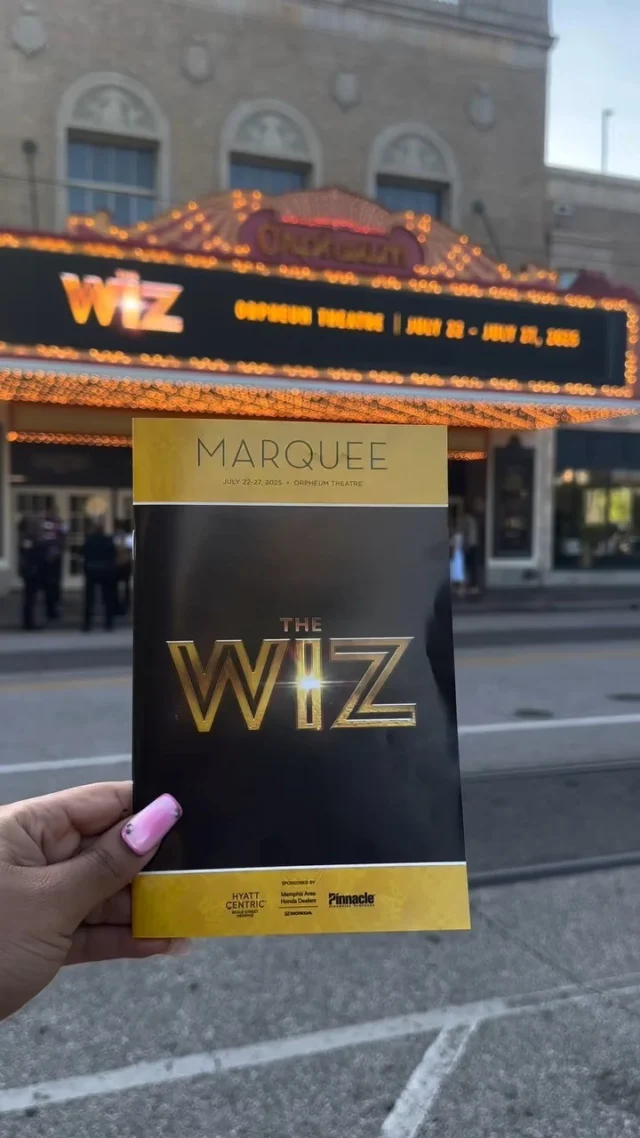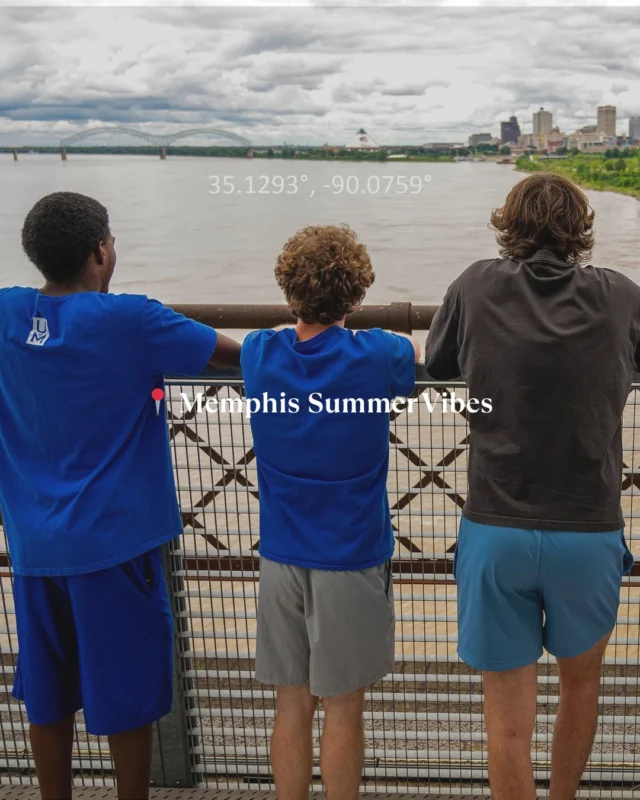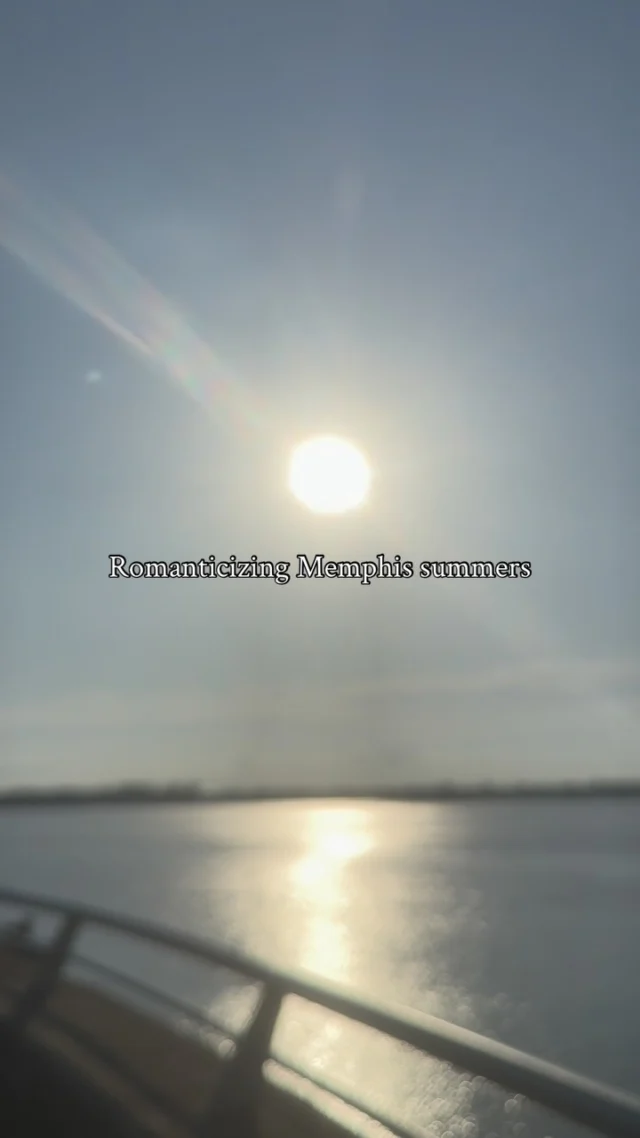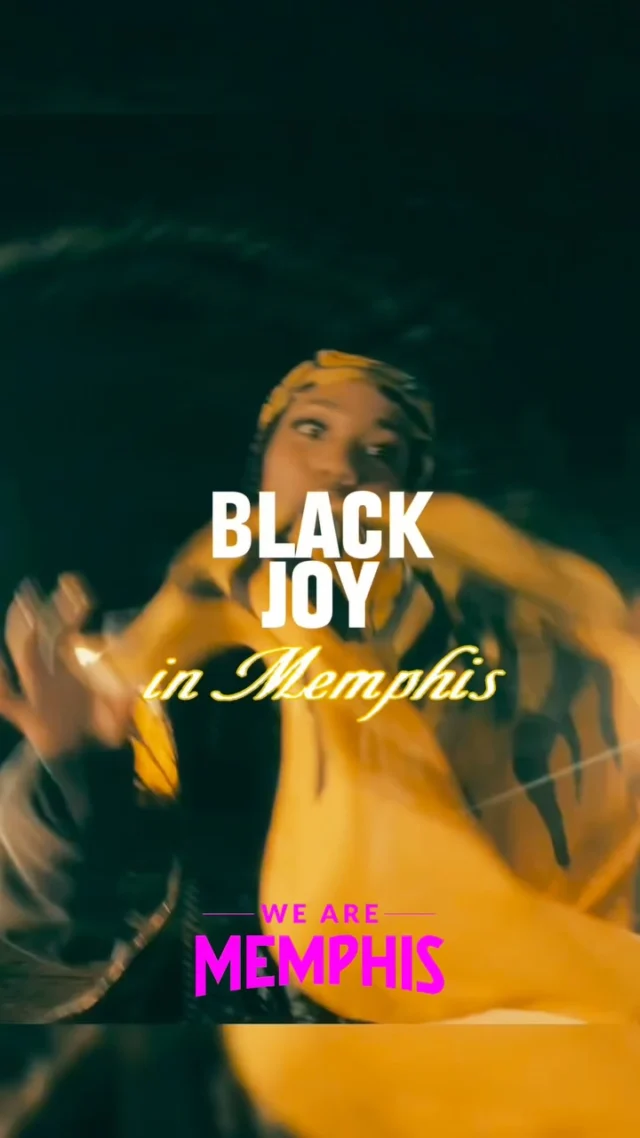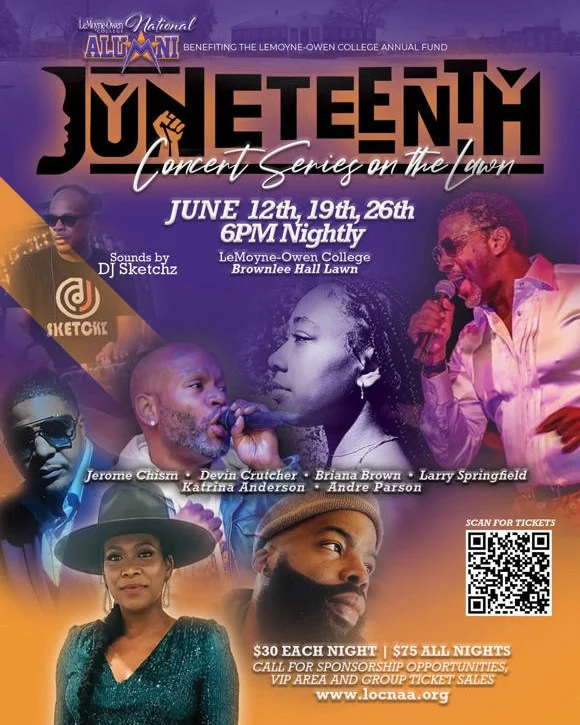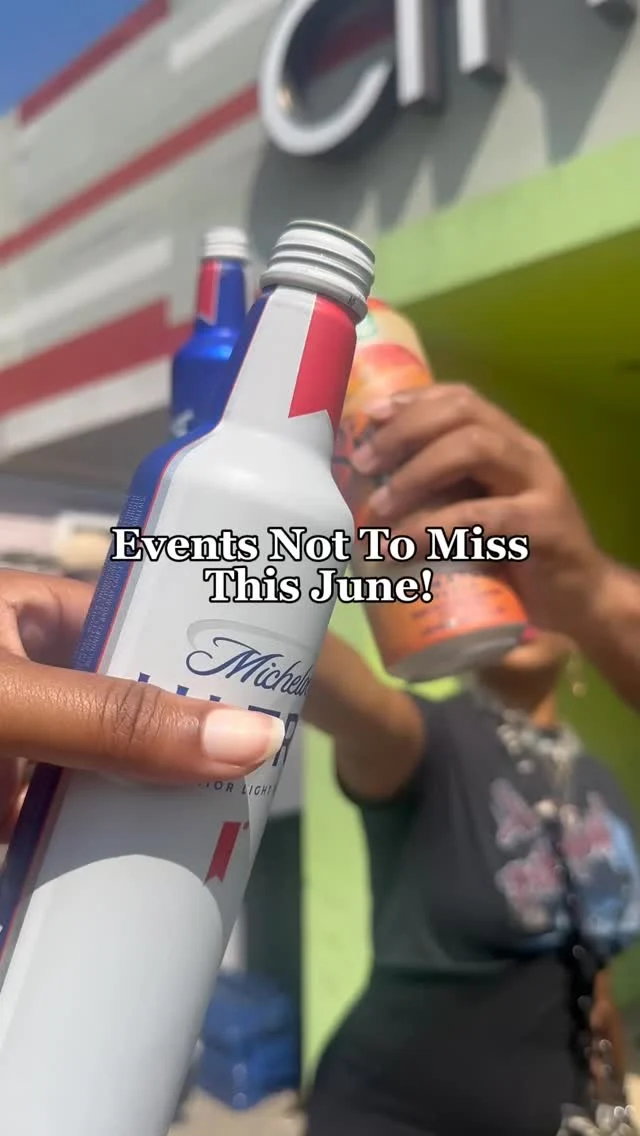Memphis is known worldwide for its connections to Martin Luther King Jr. and Elvis Presley, but there’s a lot more to our city’s history than those famous names. Read on for five Memphis history facts that we bet you haven’t heard before!
Memphis’ largest maritime disaster occurred in 1865
On April 27, 1865, a steamboat known as the Sultana exploded just north of Memphis, killing more than 1800 of the union prisoners aboard who had just been released from Alabama and were headed to New Orleans. Despite having a capacity of just 376, the boat was holding more than 2,100 passengers, and the excess weight caused three of its boilers to explode. If you can’t believe you’ve never heard of this tragedy, here’s some historical context for you: It happened the same week as the assassination of President Lincoln.
Tom Lee Park is named for the hero of another steamboat disaster
You’ve probably heard of Tom Lee Park, but did you know that Tom Lee saved 32 passengers from a sinking steamboat on May 8, 1925? Lee, a river worker, saw the M.E. Norman capsize and rushed to assist the passengers. At 23 deaths, the loss of life was still significant, but Lee’s intervention prevented a far bigger tragedy.
Memphis was home to the South’s first African-American millionaire
Robert R. Church, also known as the South’s first African-American millionaire, developed his riches by purchasing real estate. After amassing his wealth, he paid it forward by opening the first black-owned business in Memphis—a bank that extended credit to black entrepreneurs and residents looking to build homes or establish businesses of their own. Church is also known for paying a $1,000 bond to restore the city’s charter. To honor his memory, modern-day Memphians can head to Robert Church Park, which is located adjacent to the FedEx Forum.
Memphis didn’t have parks until the late 1800s
The parks we know and love in today’s Memphis were created as part of the City Beautification Movement, a reform philosophy that took off in North America in the 1890s. Before then, Memphis was an agricultural city known for having the world’s largest market for spot cotton, hardwood lumber and mules. Today, Memphis is home to a wide array of green spaces—notably Shelby Farms Park, which is one of the 20 largest urban parks in the country.
A quartet of Memphis thoroughfares used to be named after the four seasons
Modern-day Memphis residents and frequent visitors to the Bluff City will probably be familiar with Summer Ave. and Autumn Ave., but did you know there used to be a Winter Ave. and a Spring Ave. to round out the set? The former is now known as Faxon Ave., while the latter’s current name is Forrest Ave. We bet you’ll remember this fun fact next time you’re driving in the city!
Memphis barbecue
Just about everyone loves some delicious Memphis barbecue. It has a rather unique and distinctive taste that is on the sweeter side. In general, at least in the United States, there are four basic barbecue styles: Memphis, Texas, North Carolina and Kansas City. So how did Memphis barbecue end up the way it is? The other three locations were forced to rely on local products to create the sauce. However, as Memphis was a prime shipping destination thanks to its location on the Mississippi River, chefs were able to pick and choose ingredients. This resulted in molasses becoming a cornerstone ingredient in what is now one of the top barbecue styles in the world.
Here come the blues
Blues music has seen an evolution over the decades (and even over the century). Blues music is often connected to cities like Memphis and Chicago. However, the song “Memphis Blues,” written and performed by W.C. Handy, became the first true commercially successful blues song. Nearly all other popular blues songs can thank “Memphis Blues” for setting the table.
Memphis Zoo
Not all zoos pop up because the city decided to start bringing in wild animals for display. The reason behind the city of Memphis’s zoo is a rather interesting one and one of the more unique Memphis facts you’ll hear. During the early days of baseball, most baseball teams used live mascots (while some college football teams still do, this is an extremely rare occurrence nowadays).
At the time, the city of Memphis had a team named the Memphis Turtles. Of course, despite this name, the live mascot it had was a bear (who had been given to the team by a wealthy businessman). However, as the team didn’t last long, the bear (by the name of Natch) was returned to the businessman. The individual didn’t want the bear, so he chained Natch to a tree in Overton Park. Other pets were eventually dumped at this location as well.
Instead of shipping the bear (and the other animals) off, Col. Robert Galloway, who was the head of the Parks Commission at the time, asked for funding for a zoo, which was
Sun Studios
Sun Studios is one of the most famous recording studios in the world (it’s also now a major tourist attraction). During the 1950s, Sun Studios would let anyone stop in and record a track for just $3.98. In 1953, a teenager from Mississippi who was driving through wanted to make a recording for his mom. So he recorded a track. Sam Phillips wasn’t impressed, but his secretary was. So, with her prompting, Sam Phillips called the teen back to record more. That was the very first time Elvis Presley recorded a track. Of course, he went on to become one of the biggest names in the history of music and a key person in Memphis history.
Looking for more stories on what makes Memphis great?
Follow our Instagram page below!
Additional reading: Facts about Memphis you did not know about!
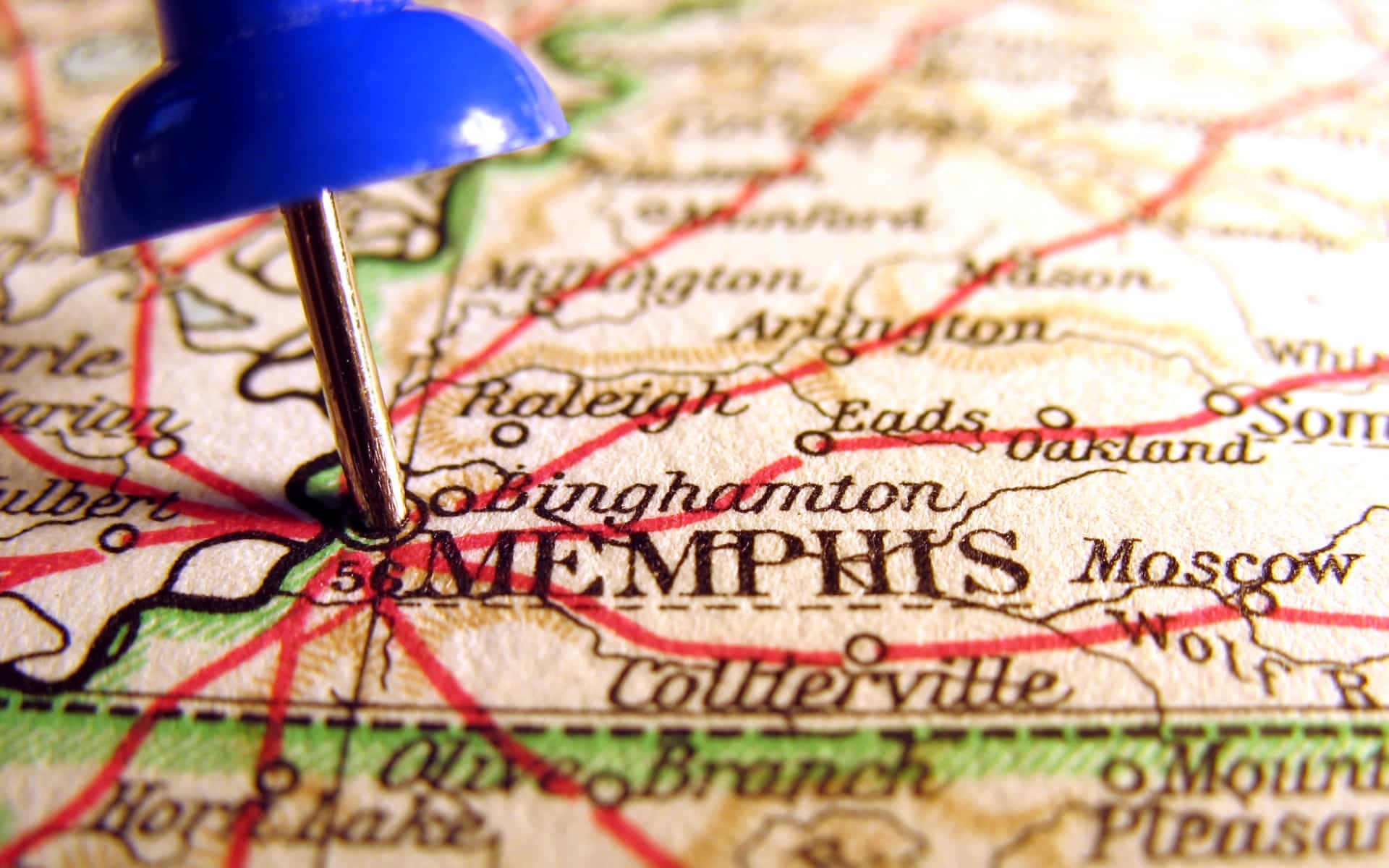










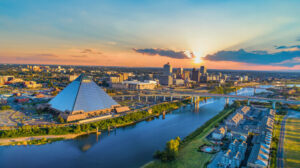

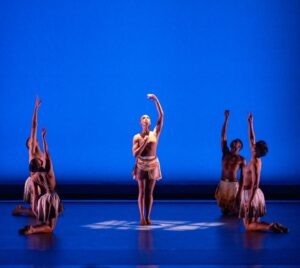
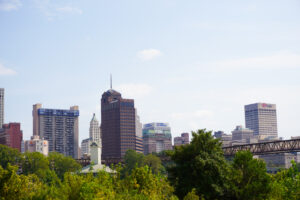

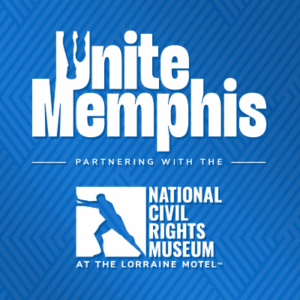

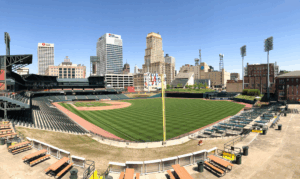








![The countdown is ON, Memphis! We’re officially 30 days out from the @unitememphis 5K + 1-Mile Walk/Run—and this year, we’re stepping into unity on 901 Day 🙌🏽
📍 Monday, September 1 | National Civil Rights Museum
🕘 Start time: 9:01AM
🎶 Food, music & fun to follow
Whether you’re walking or running, this isn’t just a race—it’s a movement. And there’s no better time to join in than now. 👟✨
🎓 COLLEGE STUDENTS: Be one of the first 100 to register using your .edu email with promo code NEXTGENUNITE and your ticket is just $10 (that’s a $32 savings 👀). Limit 2 per person, so tell a friend!
Let’s walk. Let’s run.
Let’s #UniteMemphis 💛
🔗 [link in bio]](https://wearememphis.com/wp-content/uploads/sb-instagram-feed-images/526805187_18335272954206022_6056852028660485499_nfull.webp)
